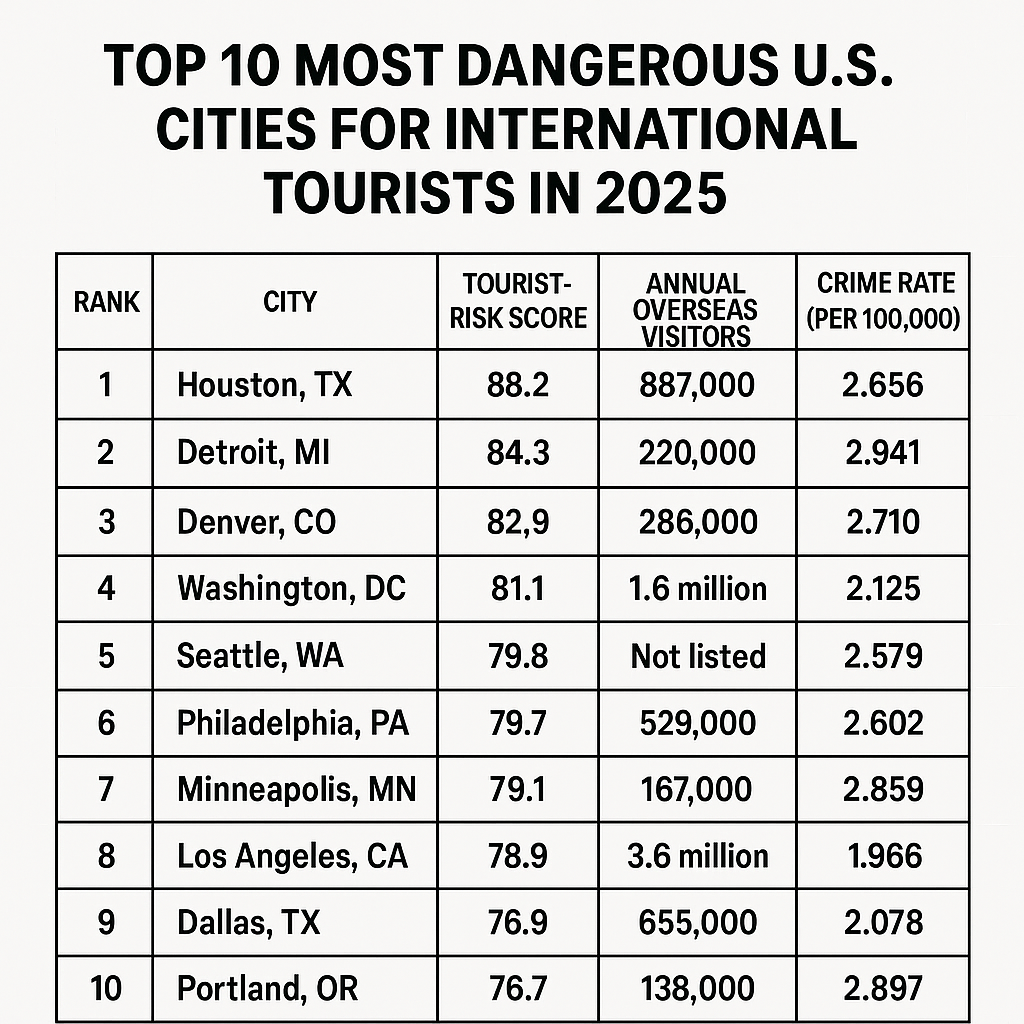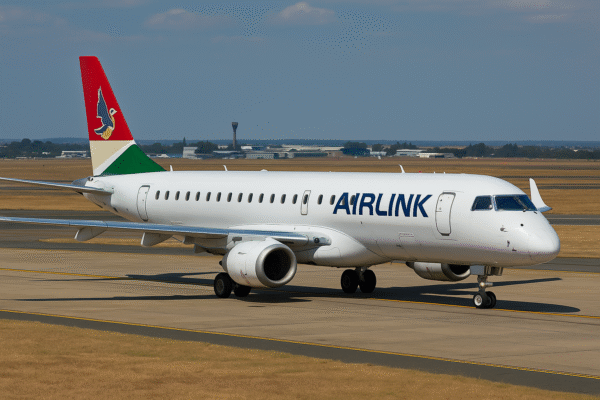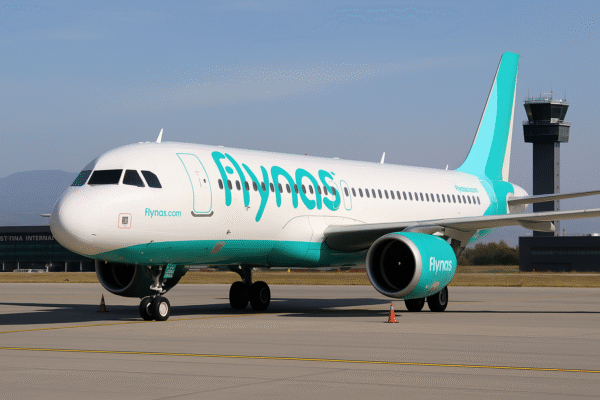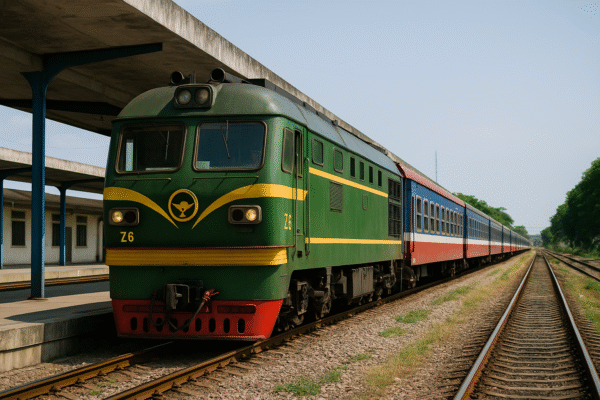Vietnam Railways has officially expanded the availability of international train ticket sales for the Vietnam-China rail route to all railway stations across the country. This strategic move, effective immediately, follows the relaunch of the Hanoi–Nanning service on May 25, 2025, after a multi-year suspension due to the pandemic.
Previously, tickets for the international train journey—linking Vietnam’s capital with Nanning, China—could only be purchased at limited locations including Hanoi’s Gia Lam Station, Bac Giang, and Dong Dang. The updated system will now allow travelers across Vietnam to buy tickets at any railway station, a significant leap in accessibility and convenience for cross-border rail passengers.
Surge in Passenger Numbers Signals Strong Demand
The service’s revival has seen a sharp rise in international ridership. In May 2025, only 183 passengers traveled the route, but by June, that number jumped to 1,323. Between July 1 and July 16 alone, 1,227 travelers boarded the Vietnam-China international train, underscoring the increasing appeal of overland travel between the two neighboring countries.
This growth reflects the shifting preference among travelers toward scenic and less crowded alternatives to air travel, with the rail route offering a more relaxed and immersive experience.
Streamlined Ticketing and Document Procedures
To accommodate the national ticket sales rollout, Vietnam Railways has implemented a two-step verification process. When purchasing tickets at any railway station in Vietnam, passengers receive a payment receipt. However, the official travel ticket booklet—required for boarding—is only issued at the departure station, usually Gia Lam Station in Hanoi.
Passengers must arrive at least one hour prior to departure to allow for ticket issuance and mandatory immigration checks. Required documents include a valid passport, paper visa (e-visa not accepted for this route), and the payment receipt. These procedures help ensure all passengers meet international travel requirements while maintaining efficient border control.
Immigration Clearance Now Available at Train Stations
A major innovation in this service is the ability for passengers to clear immigration directly at international railway stations, such as Gia Lam. This allows for a seamless boarding experience similar to airports. Trained railway staff verify travel documents before issuing the final ticket booklet, ensuring smooth processing at border crossings.
This improvement is particularly important for travelers outside Hanoi, who can now prepare their documents and secure travel clearance from their local stations, reducing the dependency on major urban centers.
Train Route Details and Extended Destinations
The primary international train—MR1/T8702/Z6—departs Gia Lam Station in Hanoi daily at 21:20, arriving in Nanning, China, after passing through Pingxiang and Chongzuo. This route is a vital transportation and trade corridor, serving both leisure travelers and business commuters.
In addition, extended train services are available on Tuesdays and Fridays, allowing passengers to travel onward from Nanning to major Chinese cities such as Guilin North, Hengyang, Changsha, Zhengzhou, and Beijing West. These extensions reflect an ongoing commitment by Vietnam Railways and China Railway to improve cross-border connectivity.
Visa and Travel Requirements for International Rail Passengers
Travelers must ensure they possess the correct paper visa for train travel. E-visas are not accepted for the Vietnam-China international rail service. Failure to present a valid paper visa may result in denial of entry or boarding.
To avoid delays, travelers are urged to verify all documents in advance and arrive at stations with ample time for immigration procedures. The Vietnam Railways website and station agents can provide additional guidance and up-to-date travel advisories.
Broader Implications for Regional Tourism and Rail Infrastructure
The Vietnam-China international rail route is more than just a transportation service—it is a key pillar in Southeast Asia’s efforts to boost sustainable tourism, reduce air congestion, and foster cross-border economic cooperation. By expanding accessibility and modernizing procedures, Vietnam Railways is positioning itself as a leader in overland tourism development.
According to the Vietnam National Administration of Tourism (VNAT), such infrastructure developments support government goals of increasing international tourist arrivals via land ports and railway corridors. Nanning, a gateway to China’s south and the Gulf of Tonkin region, is also a rising destination in China’s tourism strategy, which benefits from easier connectivity with Vietnam.
The modernization of this route may also serve as a blueprint for future international railway projects connecting Vietnam with Laos, Cambodia, and beyond—key components in the Pan-Asia Railway Network under development by ASEAN nations.
Looking Ahead: A New Era for International Train Travel in Asia
Vietnam Railways’ expansion of international ticket sales marks a milestone in the evolution of transnational rail travel in Southeast Asia. As passenger demand surges, officials are optimistic that cross-border train services will continue to grow—not only in numbers but in geographic reach and service quality.
This project not only supports tourism and bilateral trade but also provides a more eco-friendly, comfortable, and culturally rich alternative to short-haul air travel. With more convenient booking options and simplified border controls, the Vietnam-China railway line is setting a new standard for international rail mobility in the region.
For more travel news like this, keep reading Global Travel Wire






















